How to grow cannabis with bat guano
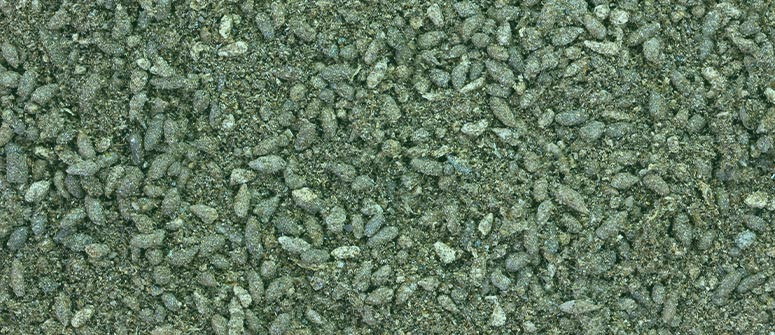
Heard about the benefits of guano for cannabis? Scroll down for an in-depth look at bat guano, the nutrients it contains, and how to use it to grow healthy and high-yielding cannabis plants.
Contents:
There are many different fertilisers on the market that can be used to grow cannabis plants. Bat guano is a fairly popular organic option, and many growers swear by its properties. But what exactly is bat guano, what nutrients does it contain, and how is it best used to fertilise your marijuana plants? Keep reading to find out.
What is bat guano?

Bat guano (or simply "guano", derived from the Quechua word "wanu") is bat faeces. And while you certainly wouldn't want to chow down on a handful of bat poop yourself, your plants definitely will. Bats feed off insects, fruit, nectar, and pollen, and their faeces is naturally rich in a variety of nutrients that not only help to keep plants fed, but also benefit the microbial life of your soil, keeping your plants protected from pests and pathogens in turn. Bat guano can be used to enrich soil both prior to planting and to fertilise plants as they're growing.
Bat guano is commonly sourced from caves in Mexico, Jamaica, and Indonesia that have been occupied by bats for many years. The unique atmosphere in these caves creates a perfect environment for bacteria and fungi that rapidly degrade any leftover organic matter in guano, leaving behind a fine fertiliser containing a rich mix of nutrients present in the bats' diet.
What nutrients does bat guano contain?
Bat guano is predominantly rich in nitrogen (N), and contains lower concentrations of phosphorus (P), potassium (K), and micronutrients. Many online sources claim that bat guano has an NPK ratio of 10:3:1, but since it is an organic fertiliser, the chemical composition of guano isn't standardised like that of synthetic fertiliser. Instead, the composition can vary depending on the diet of the bat that produced it and the freshness of the guano.
There are over 1,000 different species of bats that all look, act, and eat slightly differently. Insectivorous bats feed exclusively on insects such as mosquitoes, gnats, moths, and beetles. Frugivorous bats, on the other hand, feed on fruits, seeds, and pollen. Finally, vampire bats are sanguivorous and feed by making a small incision on a sleeping animal (typically livestock) and lapping up the blood from the wound.
A 2007 analysis of guano from three different bat species found that insectivorous and sanguivorous bats produced guano with slightly higher concentrations of nitrogen. Meanwhile, frugivorous and insectivorous guano had slightly higher concentrations of phosphorus than sanguivorous guano.¹
Furthermore, a 1921 article from the Agricultural Experiment Station Bulletin from the University of Missouri suggests that the freshness of guano may also have a strong impact on its chemical composition.² The study shows that fresh guano is typically rich in nitrogen, while older guano has higher concentrations of phosphorus and potassium. This is likely due to the fact that nitrogen can easily leach out from guano in the presence of water, or evaporate into ammonia gas. Of the guano samples tested in the study, nitrogen levels ranged from 0.3 to 10.4%, while phosphorus (P) and potassium (K) ranged between 2–7.9% and 0.3–1.9%, respectively.
Other sources claim that Mexican bat guano is typically rich in nitrogen as it comes from insectivorous bats, while Jamaican and Indonesian bat guano is richer in phosphorus since it is sourced from frugivorous animals. In our research, we came across no studies that could support these claims.
In fact, a 2019 study of fresh guano samples from six different bat species (five insectivorous and one sanguivorous) reports that the chemical composition of guano can vary significantly even among bats with similar diets.³ The same study also shows that bat guano may contain micronutrients such as calcium, chlorine, iron, as well as trace amounts of boron, manganese, copper, and zinc.
Bat guano vs worm castings
Similar to bat guano, worm castings are often marketed as a predominantly nitrogen-rich fertiliser. Some sources claim that worm castings contain more nitrogen than guano, while guano is richer in phosphorus and potassium. Therefore, some growers choose to use bat guano on cannabis plants that are sensitive to nitrogen or approaching their bloom phase. In our research, however, the only study we found that compared the chemical composition of vermicompost to guano showed no real significant differences between the two fertilisers.³
Different types of bat guano
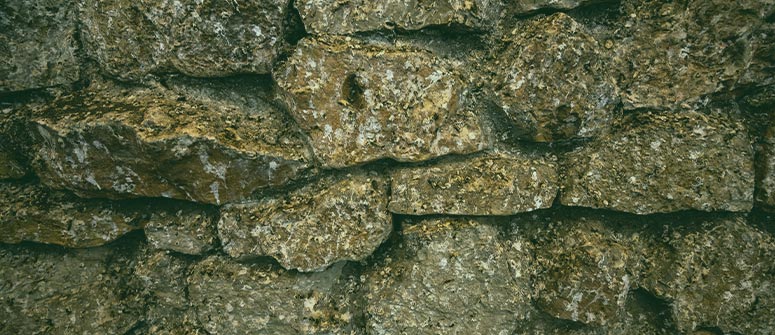
There are countless different brands of bat guano on the market with different chemical compositions and other active ingredients. Certain sources claim that guano can be categorised based on whether it’s sourced from Mexican, Jamaican, or Indonesian bats, however, few companies actually specify where or what species of bat their guano comes from. Instead, we've found that bat guanos mainly differ on whether they're prepared as a dry or liquid fertiliser.
Dry guano
Dry bat guano fertilisers have a fine, powdery consistency, similar to that of dry coffee grounds. Fresh guano should look black when moist, and dark brown when dry, while older guano may be light brown or almost red in colour. These guanos can be mixed into soil prior to planting or used to top-dress soil, as well as to make homemade guano fertiliser tea. Different brands of guano have different chemical compositions, and some may be enhanced with microbes or other active ingredients aimed to support the health of your cannabis plant.
Liquid guano
Liquid bat guano extracts contain all the ingredients of normal bat guano, but in a concentrated, liquid form. These fertilisers are best diluted in pH-neutral, unchlorinated water and used as you would a regular liquid fertiliser.
What are the benefits of bat guano for cannabis?
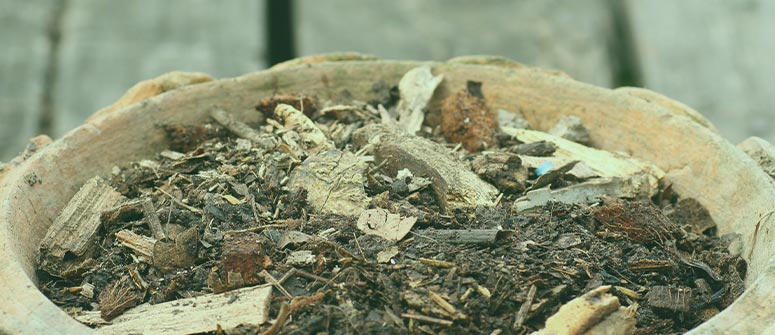
Bat guano is a great fertiliser that can benefit essentially all plants, including cannabis. While the varying compositions of different guanos produce slightly different effects, the benefits of bat guano for cannabis typically include:
- Organic fertilisation: As we saw earlier, bat guano contains sufficient macro and micronutrients to provide your plants with plenty of fuel for growth. Plus, because it is an organic fertiliser, and therefore releases nutrients much more gradually than a non-organic fertiliser, it's a lot harder to overfeed and burn your plants when giving them guano.
- Improves soil texture: Dry bat guano powder has a fine consistency, providing a solid structure to anchor down your plants while still providing good airflow and drainage in your medium.
- Improves soil life: Like compost and other natural fertilisers, bat guano contains microbes that help support the life of good bacteria and fungi in your medium. These microbial life forms help your plants take up water and nutrients from their medium, and also protect against pathogens.
- Foliar fungal protection: When used as a foliar spray (more info below), bat guano can help protect your plants against foliar fungi.
- Boosts vegetative growth and promotes healthy resin production: Depending on its chemical composition, bat guano can fuel both the vegetative phase and the flowering phase.
- Bioremediation: Guano can help to revitalise old soils.
- Improves aroma and flavour: Cannabis plants grown with organic fertilisers like guano develop rich aromas and flavours that synthetically grown weed simply cannot compete with.
How to use bat guano on cannabis plants
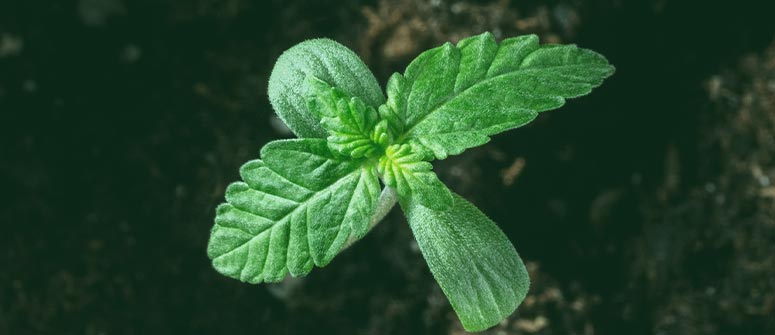
Now that we’ve covered the key features of guano, and why it’s worth using the substance to boost the cannabis vegetative and flowering stages, let’s dig a bit deeper into how to administer guano, and when.
When to use bat guano for weed
You can use bat guano to enrich soil prior to growing, as a fertiliser during your grow, or as a foliar spray. Which option(s) you choose will come down to a few factors, including:
- The chemical composition of your guano: If your guano is predominantly rich in nitrogen, you'll want to use it to feed your plants as they veg. In that case, adding it to your soil prior to planting may be ideal. If you're using guano with more phosphorus, designed to support resin production, you’ll want to use it to feed your plants as they bloom rather than add it to the soil at the beginning of your grow.
- The type of guano you're using: Dry guano can be used in an organic soil mix, to top-dress the soil, or to make guano tea. Liquid guano, on the other hand, is designed to be diluted in water and used as fertiliser to feed plants as they grow.
- The genetics of your cannabis plants: Autoflowering plants can be sensitive to nutrients, especially nitrogen. If you're growing autoflowers and plan to fertilise them using guano, you might want to add the guano to your soil mix before planting. This will give your autoflowers time to assimilate the nutrients in the guano during their brief vegetative phase, and will also reduce the risk of nutrient burn as they enter their bloom phase.
Bat guano tea
Like compost, bat guano can be brewed into tea and used as a liquid fertiliser. Here's a quick bat guano tea recipe for cannabis plants:
- Mix your dry guano with warm (not hot) unchlorinated water and mix well. Use 1 tablespoon of guano per litre of water.
- Let the mixture sit for roughly 12 hours.
- Apply approximately once a week for lush growth.
Note: Make sure the water you use to make your guano tea is warm and unchlorinated. Hot or chlorinated water will kill the microorganisms present in your guano. Also, do not let the mixture sit for more than 24 hours, as bacteria may start to grow in it.
Bat guano soil mix
You can also add bat guano to your soil mix along with other natural fertilisers such as compost, blood/bone meals, diatomaceous earth, etc. When preparing your own soil mix at home, add roughly 2 heaped tablespoons of bat guano to every 3.5 litres of soil. Remember to mix the soil well to ensure the bat guano is well-integrated.
Here's a basic guano soil mix formula to help get you started:
- 3l organic starter soil
- 1l worm compost
- 1l coco coir or peat moss
- 1l perlite
- 1l vermiculite
- 4 heaped tbsp. bat guano
- 4 tbsp. bone or blood meal
Will bat guano cause nutrient burn?
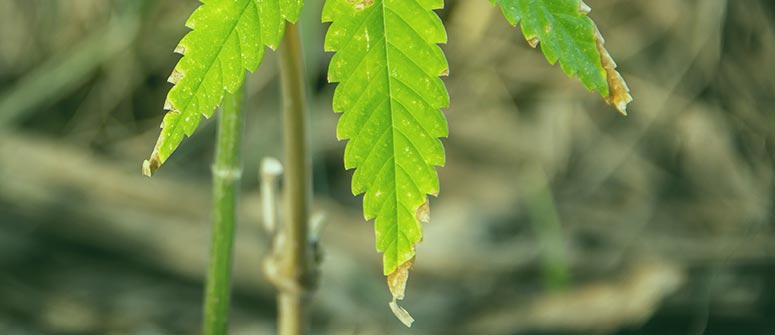
Bat guano is an organic fertiliser that, unlike chemical fertilisers, contains nutrients that need to be broken down by soil microorganisms in order to be made available to plants. Hence, it is generally very hard to overfeed or burn cannabis roots using bat guano. If you're growing autoflowering strains (which are naturally more sensitive to nutrients), however, try to avoid feeding them with nitrogen-rich guano close to or during their bloom phase.
Do you need bat guano to grow cannabis?
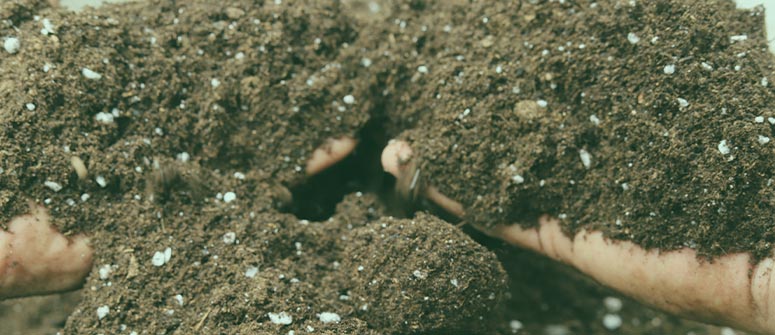
There are many different fertilisers on the market that you can use to grow healthy cannabis plants. Guano is a great organic fertiliser that provides your plants with a variety of macronutrients and micronutrients, but there are many other organic and non-organic solutions out there that also produce great results.
References:
1. Emerson JK, Roark AM. Composition of guano produced by frugivorous, sanguivorous, and insectivorous bats. Acta Chiropterologica. 2007;9(1):261-267. https://doi.org/10.3161/1733-5329(2007)9[261:COGPBF]2.0.CO;2
2. University of Missouri College of Agriculture. Bat guano and its fertilizing value. University of Missouri College of Agriculture Agricultural Experiment Station; 1921. Accessed August 26, 2022. https://core.ac.uk/download/pdf/62794327.pdf
3. Misra, PK, Gautam, NK, Elangovan, V. Bat guano: a rich source of macro and microelements essential for plant growth. Annals of Plant and Soil Research 2. 2019;1(1):82-86. https://www.researchgate.net/publication/330849224_Bat_guano_a_rich_source_of_macro_and_microelements_essential_for_plant_growth
.jpg)
.jpg)

.jpg)
